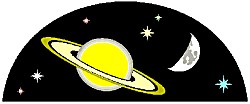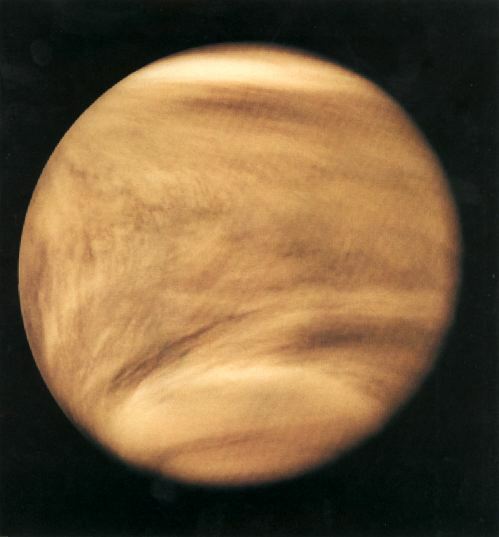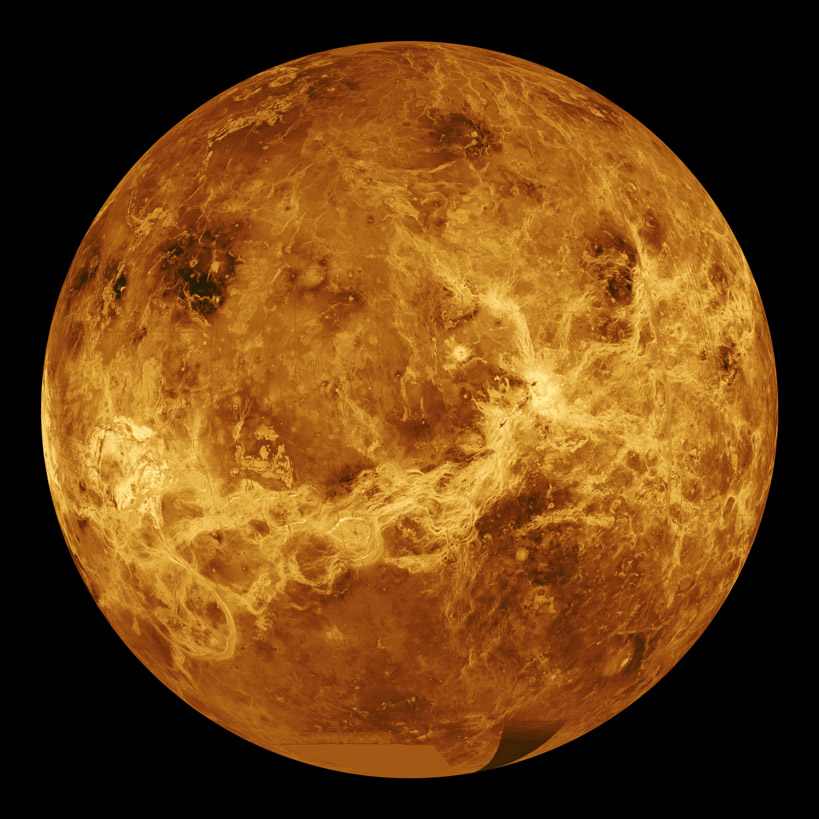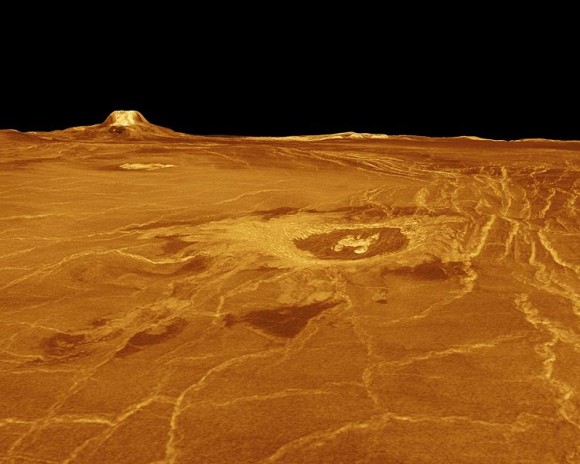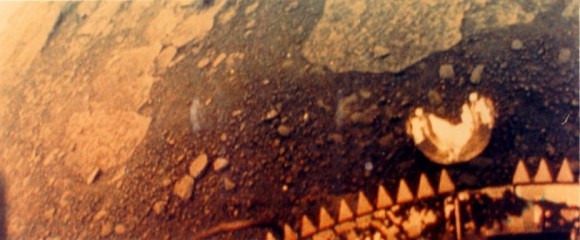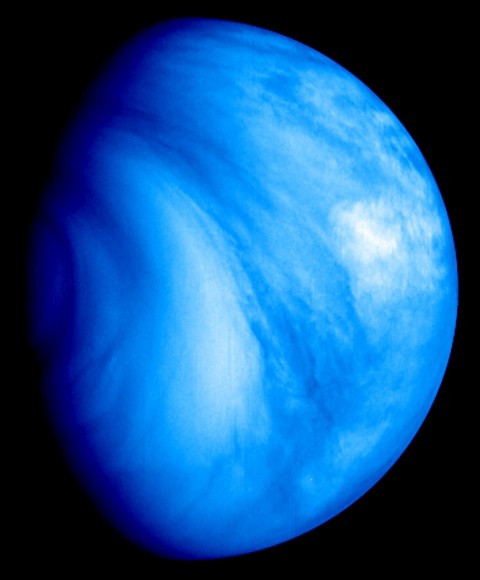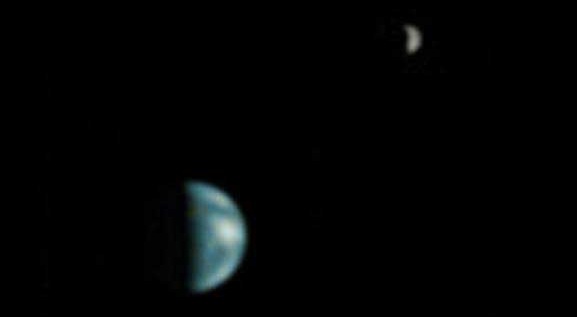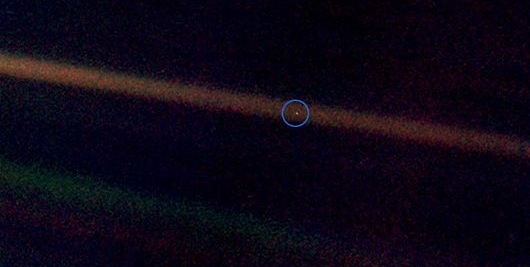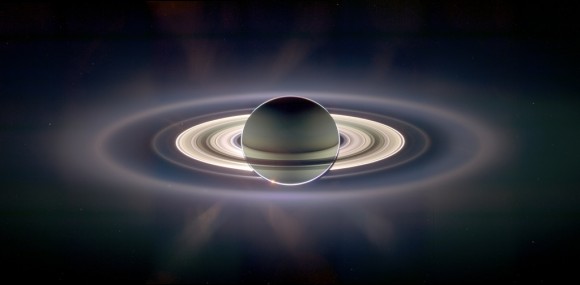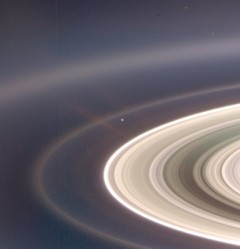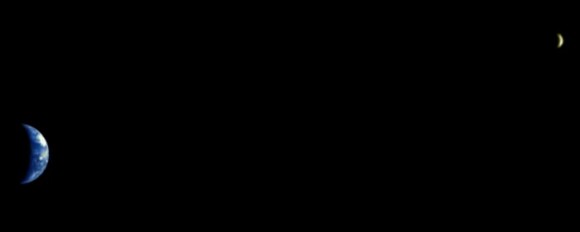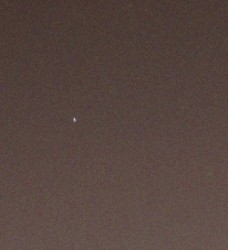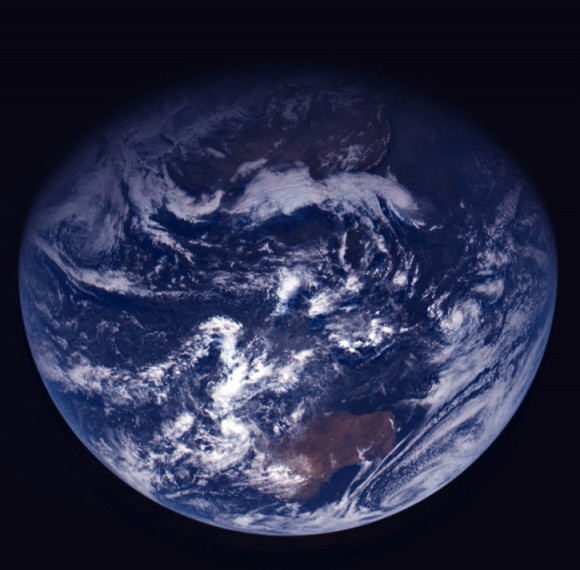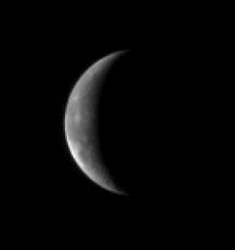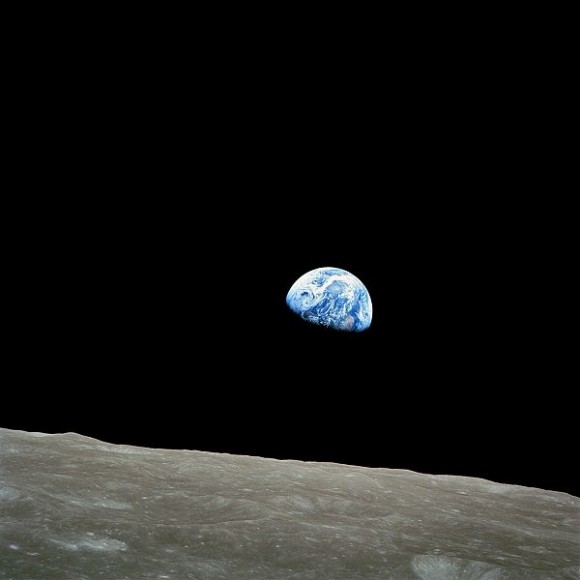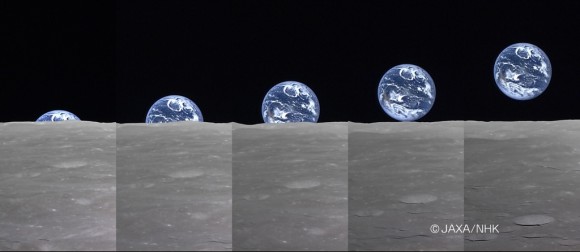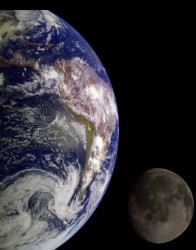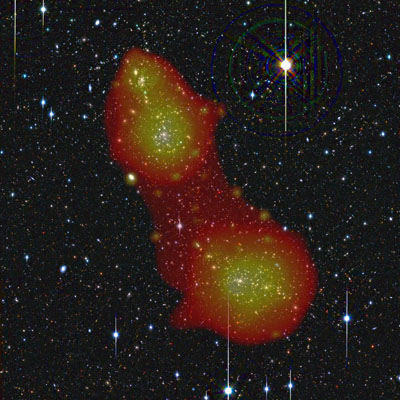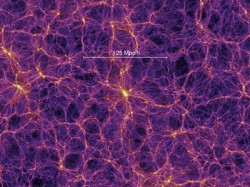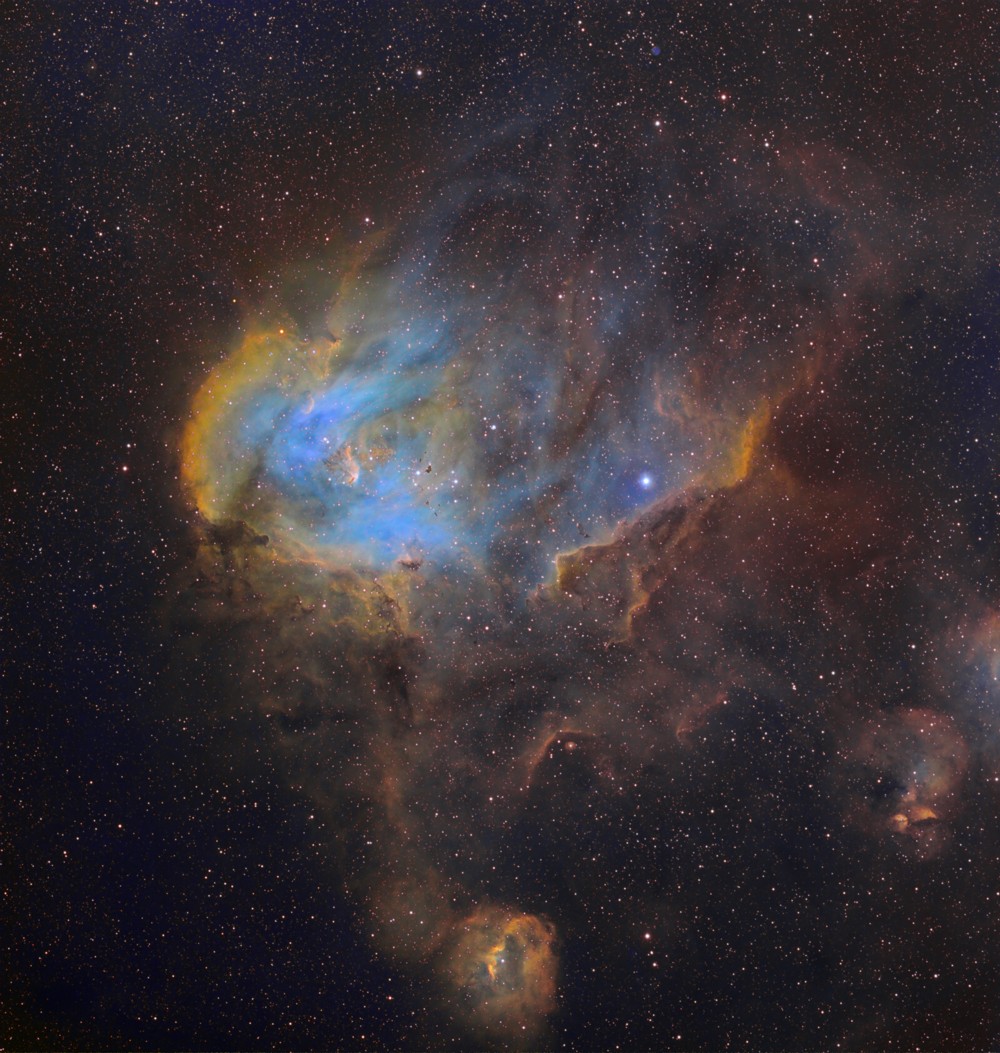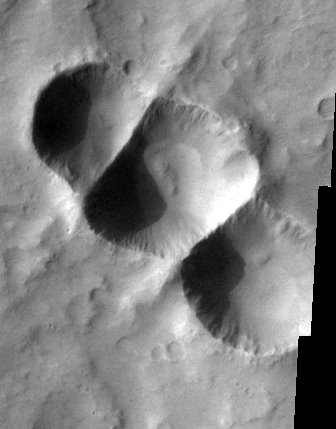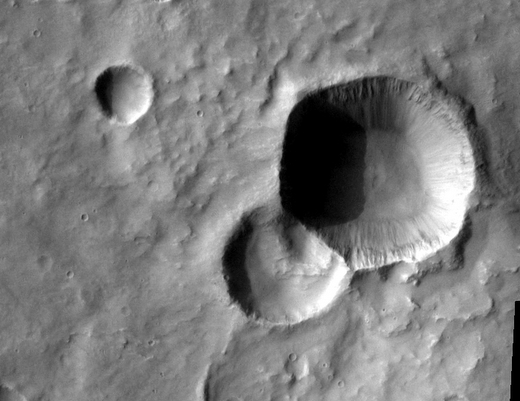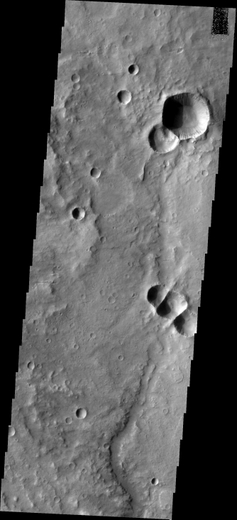Are you ready for Astronomy Day? Astronomy Day is a grass roots movement designed to share the joy of astronomy with the general population – “Bringing Astronomy to the People.” During this year’s Astronomy Day on May 10, thousands of people who have never looked through a telescope will have an opportunity to see first hand what has so many amateur and professional astronomers all excited!
Astronomy clubs, science museums, observatories, universities, planetariums, laboratories, libraries, and nature centers host special events and activities to acquaint their population with local astronomical resources and facilities. Many of these events are located at non-astronomical sites; shopping malls, parks, urban centers – truly Bringing Astronomy to the People. If you’re interested in attending such an event, take a look at where current Astronomy Day events being held. This list only encompasses those groups who choose to advertise on the Astronomical League website, so please be sure to check your local news media for other events.
If you, your facility, group or astronomy club is interested in planning astronomy day activities, perhaps you’d like some help! By following the link to the Sky and Telescope Astronomy Day Handbook you can get some great pointers and ideas by downloading the free handbook written by David Levy. While on the page, be sure to visit other great links such as Let’s Go Stargazing and downloadable handouts like the Good Neighbor Outdoor Lighting flyer. The Astronomical League also offers Graphics For Astronomy Day Events and you can even enter your activities in the annual Sky and Telescope Astronomy Award Program!
Need more fun things to do for Astronomy Day that you can reach with just a mouse click? Then know the Abrams Sky Calendar is available for Astronomy Day activities. Anyone celebrating the event is welcome to distribute any number of copies of the Sky Calendar or Sample Sky Map with no restrictions, other than we ask that material not be deleted. How about kid’s activities? Let’s start with coloring pages for Jupiter, Saturn and Mars. You can even make your own Solar System Mobile!
Astronomy Day is an astronomical public relations event that helps highlight ways the general public can get involved with astronomy – or at least get some of their questions about astronomy answered. This important event – Astronomy Day – is co-sponsored by 14 astronomical and astronomy education organizations. They are: The Astronomical League, The Astronomical Society of the Pacific, the Royal Astronomical Society of Canada, the American Astronomical Society, the Astronomical Association of Northern California, the Western Amateur Astronomers, the American Association of Physics Teachers, the Association of Lunar and Planetary Observers, the American Meteor Society, the American Association of Variable Star Observers, the Planetary Society, the National Space Society, the International Planetarium Society, the Association of Astronomy Educators, and the International Astronomical Union.
As the Executive Secretary of the Astronomical League, I’m here to answer any Astronomy Day questions you might have – or point you in the right direction. Spend a few minutes coloring with a child, set up your telescope for a neighbor, take binoculars to work, make copies of the Sky Calendar and Maps and post in your local library. No matter what the size or your event, or level of involvement, it’s all about sharing what you love to do with others. Celebrate Astronomy Day!

